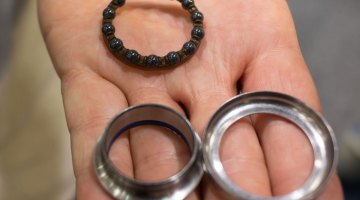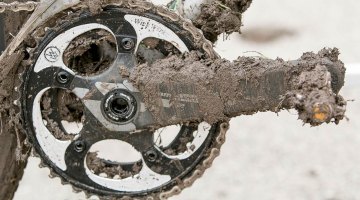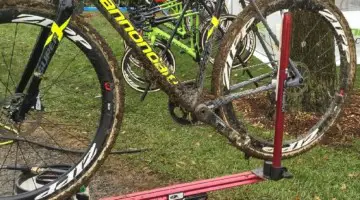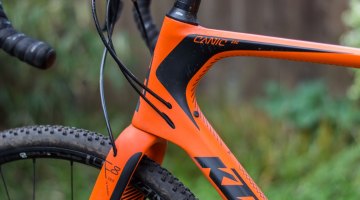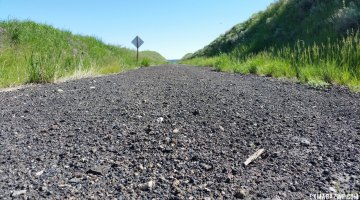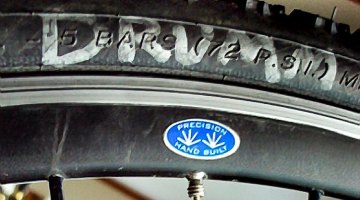This week, we’re all about making sure that your bike is being taken care of for the next couple of months, even if you’re not out riding it. Even though cyclocross season has been over for a few months, there are probably some of you who still haven’t washed all the dirt off your ride (I count myself among the guilty). This is your chance! Or maybe you’re still on your ’cross rig, doing gravel races, in which case maybe this only applies to your b-bike. Whatever the case, make sure your bikes are in good shape now so they’ll be ready to roll come September.
Oldie-but-goodie Mechanical Monday author Dave Drumm has some tips that will help preserve your rig and have it ready to roll when it’s finally another ’cross season.
by Dave Drumm
With cyclocross season months away, here are a few things you can do to ensure it’ll be ready to roll when the time comes. First thing’s first: clean your bike. Before you hang it up, clean it well and give it a good inspection as outlined in the Mechanical Mondays post on tips for Daily Maintenance Inspection.
Once the bike has been cleaned, dried, and inspected, it’s time to get down to the nitty gritty. The level of detail depends greatly on your mechanical fortitude. If you have the trust in your abilities and the right tools for the job, strip the bike to the frame and then clean and inspect everything. Remove the brakes, stem, front fork, crank, and bottom bracket. As you pull each piece, inspect it, clean it (including the BB shell), lube, and reassemble. Take note of suspect parts like headset bearings and bottom brackets as you go and replace as necessary or keep a detailed list of problems that you’ll need to address before the start of the next season. If parts are worn, it’s a good time to think about upgrades. We’ll cover more on this later.
If stripping your bike down to the bones is a challenge you don’t care to tackle, give the bike a good once-over. Make sure everything is clean and moving freely. Using electrical tape, mark the seatpost height where it makes contact with the frame. Remove the seatpost and flip the frame upside down. If water comes out, let the bike dry overnight before cleaning, lubing and reinserting your seatpost. If you have a carbon frame and seatpost, be sure to use a carbon paste for this and not regular bike grease. If a lot of water comes out, it’s a good idea to remove the bottom bracket to inspect, clean, and lube the BB shell threads. If you don’t have the tools and know-how, you can always call a friend and do this over a beer or two. You don’t want moisture trapped in a frame that is going to sit stagnant for a length of time. Once you are sure that the frame is moisture-free, put a dab of grease on the BB threads and reinstall. Lube your seatpost with a small amount of grease or carbon paste and reinsert it.
Lube the chain with your normal chain lube and give a quick spray of WD-40 to moving bits of your Derailleurs. Lube your cables using the technique I mentioned in the Mechanical Mondays Daily inspection post. Inflate your tires to around 40psi. Your bike is now ready for storage.
Store your bike in a dry area. If you have tubular tires, it’s a very good idea to store them in an area that is moisture-free and without drastic temperature changes. It’s also important to keep tubulars out of direct sunlight – UV rays can damage the tires by drying out the tread and casings. Prolonged exposure to moisture can cause your sidewall casings to rot. So keep them inflated and in a dry, somewhat dark and temperate place, like a basement or closet. If you remove your tubular ‘cross tires, make sure that you store them with air in them and that they remain round – do not fold them. Garden hose hangers work well for this.
If you clean/lube your bike and store it in a dry area, it will be ready to go when you are.
























